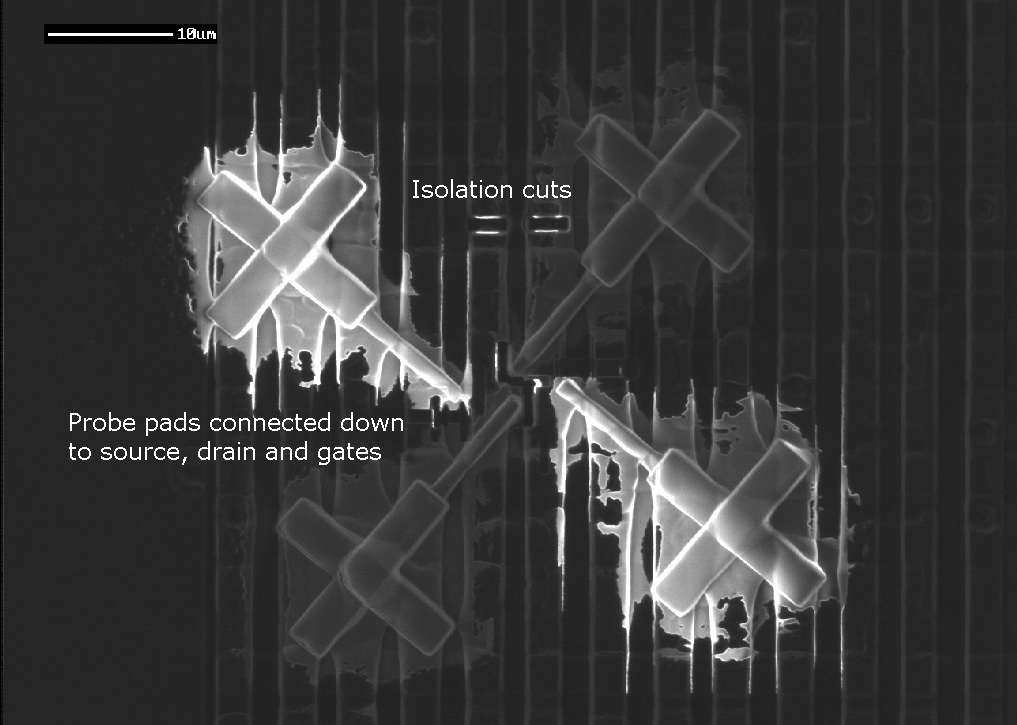 Crack MCU Firmware
Crack MCU Firmware
The next improvement to hardware security protection was done by embedding the fuse area into the main memory array so that it shares some of the control or data lines. This implementation is more secure because the fuses are part of the memory array and their localisation is very difficult and challenging task. Fuses can share word-lines with the main memory, for example, as in the Hitachi HD6473048 microcontroller MCU;
or they can share bit-lines as in the Holtek HT48R50A microcontroller MCU. In the latter implementation the fuses do not have a separate bit-lines that for attacking MCU firmware. But that does not mean it will be more secure because the state of the fuses cannot be monitored all the time and usually is sampled at power-up and stored in a separate register.
A high level of security can be achieved if a certain memory location is used as a security fuse. In this case it would be extremely difficult to find this location and reset it without disturbing the contents of other memory cells. That does not mean that other mcu code extraction methods will not work, such as, non-invasive mcu firmware crack, but at least this reduces the chance of success with simple semi-invasive microcontroller unlocking.
